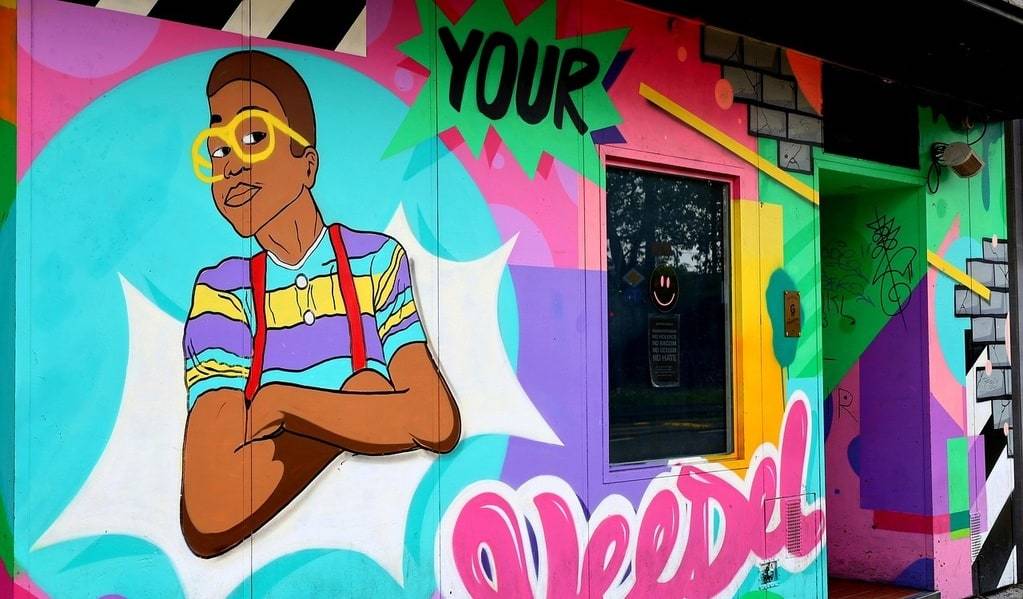The 20th and 21st centuries have seen an explosion of artistic innovation, leading to the rise of numerous modern art movements that have fundamentally transformed the landscape of the art world. These movements have not only redefined the way we perceive art but have also influenced various aspects of culture, politics, and society. From the abstract expressions of the early 20th century to the conceptual and digital art forms of today, modern art movements have left an indelible mark on the fabric of human creativity and expression.
Understanding the Impact of Modern Art Movements
The impact of modern art movements extends far beyond the confines of galleries and museums. These movements have challenged traditional notions of beauty, representation, and technique, pushing the boundaries of what art can be. For instance, the advent of Cubism, spearheaded by artists like Pablo Picasso and Georges Braque, revolutionized the way subjects were depicted, breaking them down into geometric shapes and offering multiple perspectives within a single work. This radical approach influenced not only visual art but also literature, music, and architecture.
One of the most significant impacts of modern art movements is their role in reflecting and shaping societal changes. During periods of political upheaval and social transformation, artists have often used their work as a form of protest or commentary. The Dada movement, for example, emerged as a response to the horrors of World War I, embracing absurdity and irrationality to critique the senselessness of the conflict. Similarly, the Surrealist movement, with its roots in Dada, delved into the subconscious mind, exploring dreams and the irrational as a means of escaping and confronting the oppressive realities of the time.

Key Contributions of Modern Art Movements
The contributions of modern art movements are vast and varied, influencing numerous aspects of culture and thought. Some key contributions include:
- Redefinition of Artistic Techniques: movements like Abstract Expressionism, with artists such as Jackson Pollock and Mark Rothko, introduced new methods and materials, emphasizing spontaneous and instinctual creation.
- Cultural and Political Commentary: many modern art movements have served as platforms for artists to express their views on social and political issues, influencing public opinion and sparking debates.
- Expansion of Artistic Media: from the use of everyday objects in Pop Art to the integration of technology in Digital Art, modern movements have expanded the range of materials and methods available to artists.
Exploring Specific Modern Art Movements
Each modern art movement has its own unique characteristics and has contributed differently to the evolution of art.
Abstract Expressionism
Emerging in the mid-20th century, Abstract Expressionism was marked by its emphasis on spontaneous, automatic, or subconscious creation. This movement was largely centered in New York City and represented a departure from figurative art. Artists like Jackson Pollock, known for his “drip” paintings, and Mark Rothko, famous for his color field paintings, sought to evoke emotion and provoke thought through abstraction. The movement highlighted the artist’s psyche and emphasized the act of painting itself as an essential part of the finished work.
Pop Art
Pop Art, which emerged in the 1950s and 1960s, challenged the traditional boundaries between high art and popular culture. Figures such as Andy Warhol and Roy Lichtenstein drew inspiration from consumer goods, advertising, and comic books, often using mass production techniques. Warhol’s iconic Campbell’s Soup Cans and Lichtenstein’s comic strip-inspired paintings questioned the nature of art and its role in a rapidly changing, media-saturated society. Pop Art democratized art, making it more accessible and relatable to the general public.
Conceptual Art
Conceptual Art, which gained prominence in the 1960s and 1970s, emphasized the idea or concept behind the work over its aesthetic value. Artists like Sol LeWitt and Joseph Kosuth argued that the execution of the art was secondary to the underlying concept. This movement challenged traditional notions of art as an object and instead focused on the intellectual engagement it could provoke. Conceptual Art often took forms that were not conventionally recognized as art, such as written instructions, performances, or ephemeral installations.
The Ongoing Influence of Modern Art Movements
Modern art movements continue to influence contemporary art and society. The principles and techniques developed by these movements have paved the way for new forms of expression, such as digital and interactive art. Artists today draw on the legacy of modern movements to address current issues like globalization, environmental change, and social justice. The spirit of innovation and boundary-pushing that characterized modern art movements remains a driving force in the art world, ensuring that art continues to evolve and resonate with each new generation.
The enduring legacy of these movements highlights the transformative power of art in reflecting and shaping human experience. By challenging conventional norms and embracing new ideas, modern art movements have expanded the possibilities of artistic expression, leaving a lasting impact on both the art world and society at large.